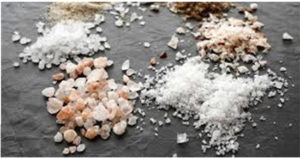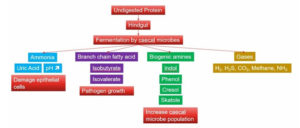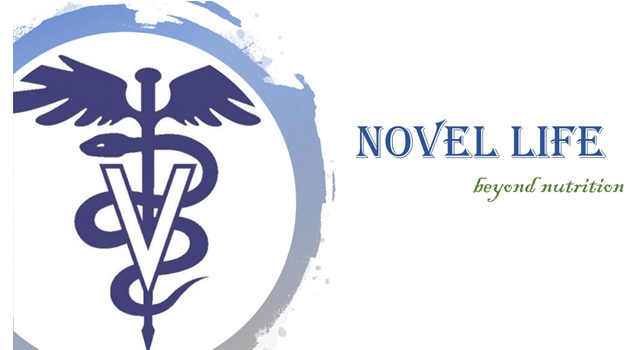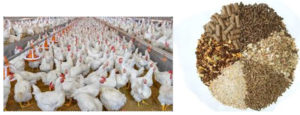Its January and winter chills have started. For broiler farmers in India winter management of poultry is all about Curtain management, Brooding, Space management and Litter management. If heating of houses and curtain management is well enough, the litter is dry and performance is good. Mismanagement of these can have a typically moist condition within the farm during winter; gut health can also be more affected by coccidiosis, enteric bacteria and viral challenges. In many cases, the nutritionist tries to help maintain performance through feed manipulations, but it is not as powerful as providing good heat and air. To summarize the nutritionist and farm manager must work together in an integrated way to keep performance from slipping during the cold part of the year.
Below are some of the strategies for formulating feed for next 3 months.
Cold weather ME levels in Feed: Some nutritionist increases the ME levels (not protein) in winters so that there is no increased feed intake by birds for heat production. Extra calories are provided to offset environment related bird heat loss maintaining constant feed intake, growth and FCR. Research suggest higher energy feed resulted in less water intake, most likely due to lower feed intake. This becomes important as we battle litter moisture during the cold seasons.
-
40-50 kcal/kg ME can be enhanced in winter formulations by use of lipids.
Mineral and electrolyte adjustment: First step should be to reduce the Sodium in feed due to increased litter moisture. It is well documented that lower Sodium can reduce water intake, water excretion and litter moisture. Keeping Na levels around 0.18% for early diets and 0.16% for later diets including additive (Phytase) matrix is useful.

Slightly lower Ca and Av P levels in cold weather will also have a positive impact. Reduction in levels should be rational. Trace mineral supplementation also should be rational as per breed requirement. Excess feeding that too in Inorganic form must be stopped for winters.
-
Sodium, Calcium, Available Phosphorus and trace mineral levels needs to be tapered down while formulating for winters.
Replacing soybean with animal protein: Many nutritionists have experienced performance improvement and better litter conditions when they replaced a portion of Soymeal with a reliable MBM, Poultry Meal. NSP levels in Soymeal along with high K level creates stresses on the intestinal tracts. Generally, if Soymeal is reduced below 30% in starters and 25% in finishers using animal protein with all amino acid balanced will give better performance and drier litter. For someone making veg feed, replacement of Soymeal with Rapeseed, MGM, DDGS etc. can be helpful as these are lower K substitutes for Soymeal.
-
Replacement of a portion of Soymeal with animal protein or others protein ingredient enhances performance in winters.
Crude protein and amino acid adjustments: Low protein diets are beneficial in winters. Higher protein diets will result in higher water intake, more water excretion and higher depositions of nitrogen in the litter.

Multiple studies have indicated that slightly lower protein feeds seem to reduce gut insults, especially during cold weather, where possibly housing out-time is limited. Use of Multi-Protease can help significantly in lowering down protein levels without effecting performance.
-
Formulating low protein diets with Multi-Protease is economic and performs best in winters.
To conclude, maintaining cold weather performance is difficult and can only be accomplished with an integrated approach by several people. The supervisor, farmer, field veterinarian and nutritionist must all spend time on the farms evaluating and discussing the best steps to take from each area of expertise. Working together, good performance can be a reality in cold weather.
For references, questions and feedback write to Novel Life Consultants, Bangalore. Email id is novellife.bangalore@gmail.com and contact no Landline +91-(0)80-41326221 Mob- +91-96113-37444)
(This article is a work of Novel Life Consultant and is for public information purpose only. This has been written to share knowledge on poultry nutrition and is not a legal information or statement. Reference to any specific product or entity doesn’t constitute an endorsement or recommendation by the company. The views expressed by the writer are their own and their appearance does not imply an endorsement of them or any entity they represent.)







